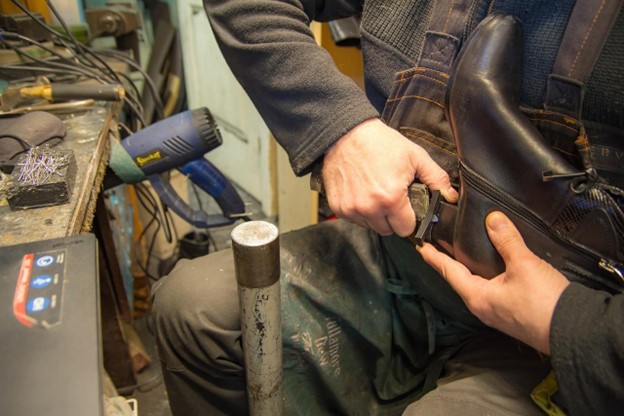The Berkeley replacement filters are necessary to make your filtration machine operating optimally. If you do not install a new set of elements before the recommended usage cycle, it may result in the seepage of contaminants in your drinking water.
According to the manufacturer’s recommendation, each filter is designed to purify 3,000 gallons of water. For each machine equipped with two filters, you can potentially cleanse 6,000 gallons of impurities.
But you also need to clean the filters regularly, especially in some areas where the groundwater contains more impurities than usual.
Cleaning Your Filters
- Take out the filter purification elements from the water filter system.
- Empty the filters.
- Grab a toothbrush with stiff bristles and scrub the exterior of the filters. You can also use a 3M scrub or a Brite Scotch Pride.
- Make sure to do this gently under cold running water.
- Reassemble the filters onto the system.
Cleaning Your Water Filter On the Field
The manufacturer recommends that the average household must clean their filtration system every six months. However, mobile Berkey Water Filters need to be cleaned more frequently. The latter recommendation also holds true if you live in an area with not so clean sources of water.
- You still basically follow the same steps but make sure the water you use is free from contaminants
- However, you may have no choice but to use dirty water. Use a bucket and add a cleaning agent, such as iodine or bleach, to the water. The ratio should be 16 drops per gallon of water.
- Empty all the water from the chambers of your Berkey Water Filter.
- After taking out the container, make sure to put it on top of a dry and clean surface.
- Unscrew the wing nut to take out the filter purification element.
- Again, use a toothbrush or a detergent pad to scrub the exterior of the element.
- Scrub gently and remember to avoid using detergent or soap to clean the filter.
- After cleaning the filter the first time, set it aside on a dry surface then empty the container with the water in it.
- Put another water and cleaning agent on the container and repeat the process.
- Soak the filters in the treated water.
- Reassemble the filters.
Priming Your Filter
However, you need to prime the purification elements first before putting them back together.
Here is a simple step-by-step process to prime the elements:
- Use a priming button that comes with the set.
- Put the button on the stem of the purification element.
- Do not take out the wing nut for a more secure fit.
- As you prepare to push the priming button, use the wing nut for better grip and secure your fingers into position.
- Position the filter’s stem on the faucet and turn it on so that cold water will run through the hole and onto the element.
- You will notice water coming out of the tube as if it is sweating profusely.
Tip: You are not priming the filter properly if the water is not seeping out of the pores.
Replacing your Berkey Filters
Cleaning and maintaining your filter will help extend the lifespan of your Berkey Water Filter. However, if the purification elements. However, you do need to buy Berkey replacement filters at the end of their recommended lifecycle.
How to know if you need to replace your filters?
- The water flow slows down — Berkey says that the water flow from the machine should be one gallon for every hour. Even without accurate measurements, you can clearly establish a pattern of flow once you are using the water filter for a considerable amount of time. The slowdown in water flow could also be the result of clogging or leaking, so you may need to call in a plumber.
- A difference in taste — You may notice a slight difference in the water if the filter system is failing. The taste can be salty (too much sodium) or metallic, which may be caused by a high concentration of iron.
- Particles in water — You may spot some particulates, specks, or alien particles on the water. Another sign to watch for is the turbidity of the water. You can check if the water is still clear or already cloudy. You can hold the glass up against the light to check for strange materials.
Tip1: If you scrub hard enough, you might damage the outside of the purification elements.
Tip 2: Perform the red dye test to determine if you are doing it right.
Tip 3: Use clean water when cleaning the purification elements. The last thing you need is for contaminated water to penetrate the filter’s interior.








Add Comment